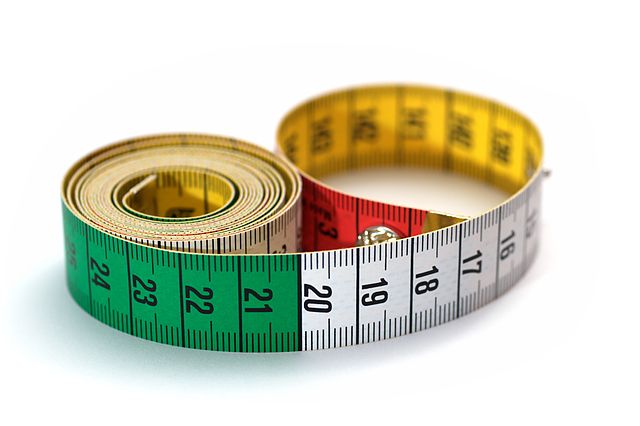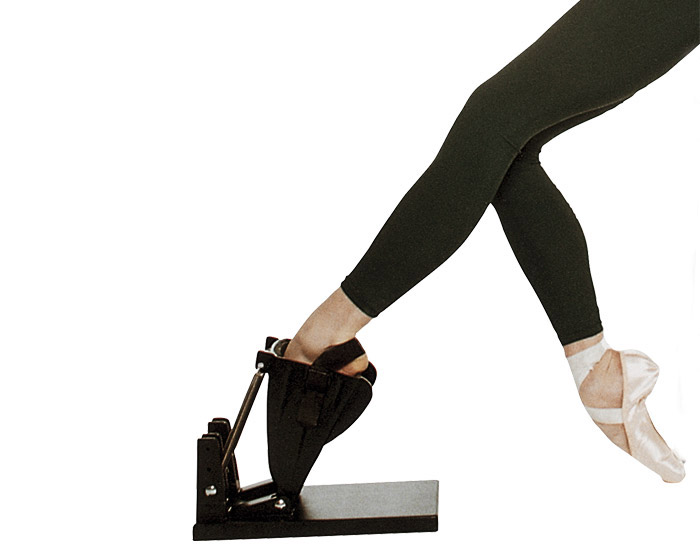 A dancer of any calibre can face pressures in the dance studio, from themselves, their peers and even their dance teachers. Pressures can take hold in many forms, such as healing after injuries, aspiring to create the ‘ideal’ dancing body shape and changes in the behaviour of dance teachers. Each has an effect on both your dancing and performance, hindering the creation and maintenance of a healthy mind and body, which is paramount to excelling in and enjoying dance.
A dancer of any calibre can face pressures in the dance studio, from themselves, their peers and even their dance teachers. Pressures can take hold in many forms, such as healing after injuries, aspiring to create the ‘ideal’ dancing body shape and changes in the behaviour of dance teachers. Each has an effect on both your dancing and performance, hindering the creation and maintenance of a healthy mind and body, which is paramount to excelling in and enjoying dance.
Often teachers can appear unfriendly and cold, not offering encouragement or help to young dancers. This can stem the enthusiasm a young dancer has for dance and can be detrimental to their progress as a dancer. A dance teacher’s decision to teach is a result of wanting to pass on their knowledge and aid other dancers, so erratic behaviour can often seem odd. They can be overly critical of your work however they usually have many students they are working with at one time, so try not to take their attitude personally.
While there are often jarring relationships with dance teachers, this can also occur on a personal level with yourself. Aspiring to be a thin waif-like dancer is unhealthy and can lead to dieting, starving and an eating disorder, which can ultimately be dangerous. Fortunately, there is now more emphasis on creating a strong body which is fit and ready to take on the challenges of dance, not likely to collapse afterwards. Teachers are now more focused on healthy eating to prevent disorders, and promote dance alongside wellbeing for the body and mind.
Similar pressures of this type on the self can also occur as a result of injuries, especially those that are slower to heal. As a dancer the mentality is to power through the class whatever the cost, due to lifelong mantras such as ‘the show must go on’ and ‘no pain, no gain’. An ethos of this sort is now becoming less common, as ultimately it is of the upmost importance that the body and mind heals following an injury.
Image courtesy of Wikimedia Commons.

 As a dance student, you may wonder how you will ever remember every note, correction and suggestion you are given in class. You may even have more than one teacher; even two teachers means double the amount of notes you are given! You may have teachers who work by the same method, however they may teach in very different styles. Whilst this is beneficial to ’round’ you as a dancer, it may be tricky to keep track of everything you have to remember.
As a dance student, you may wonder how you will ever remember every note, correction and suggestion you are given in class. You may even have more than one teacher; even two teachers means double the amount of notes you are given! You may have teachers who work by the same method, however they may teach in very different styles. Whilst this is beneficial to ’round’ you as a dancer, it may be tricky to keep track of everything you have to remember.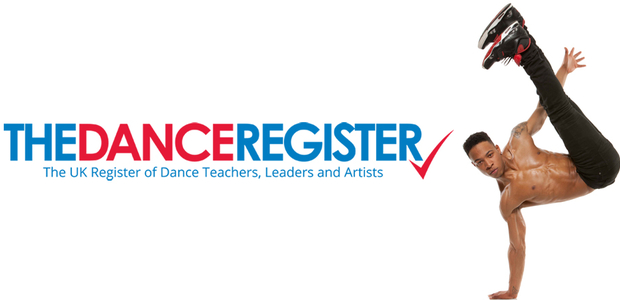 The Dance Register, the directory of UK-based dance teachers and leaders created by DTAP (Dance Training & Accreditation Partnership), champions and promotes high quality dance teaching and leadership. It includes teachers and leaders working in a wide range of dance styles and settings – from ballet and bollywood to ballroom, and salsa and Spanish to street!
The Dance Register, the directory of UK-based dance teachers and leaders created by DTAP (Dance Training & Accreditation Partnership), champions and promotes high quality dance teaching and leadership. It includes teachers and leaders working in a wide range of dance styles and settings – from ballet and bollywood to ballroom, and salsa and Spanish to street! Teachers are an integral part of a dancer’s development. Not only do they aim to build up the dancer’s talent and ability but they also act as a mentor and inspiration to the student.
Teachers are an integral part of a dancer’s development. Not only do they aim to build up the dancer’s talent and ability but they also act as a mentor and inspiration to the student. The Royal Ballet School will launch a new teachers’ course starting in September 2014: the Diploma of Dance Teaching will build on the highly successful Professional Dancer Teachers’ Course and the expertise of the school’s Dance Partnership & Access Programme, to provide a good foundation in both technical and creative approaches to teaching ballet. The course will be delivered by Royal Ballet School staff and visiting lecturers in The Royal Ballet School’s state of the art studios in Covent Garden, London.
The Royal Ballet School will launch a new teachers’ course starting in September 2014: the Diploma of Dance Teaching will build on the highly successful Professional Dancer Teachers’ Course and the expertise of the school’s Dance Partnership & Access Programme, to provide a good foundation in both technical and creative approaches to teaching ballet. The course will be delivered by Royal Ballet School staff and visiting lecturers in The Royal Ballet School’s state of the art studios in Covent Garden, London.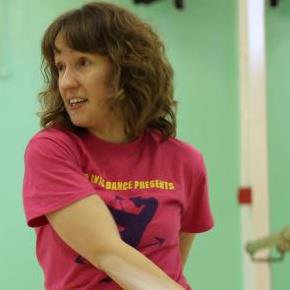 Gemma Coldicott, Step into Dance’s Inclusive Dance Development Officer, has a wealth of dance experience. From studying Dance in the Community at Laban to gaining a Masters in Inclusive Arts Practice from the University of Brighton, Gemma is a leader in her field. Since her studies Gemma now works to mentor and support freelancers teaching inclusive dance sessions, leads inclusive dance training courses, writes training resources and is currently the company Director of SLiDE (South London Inclusive Dance Experience).
Gemma Coldicott, Step into Dance’s Inclusive Dance Development Officer, has a wealth of dance experience. From studying Dance in the Community at Laban to gaining a Masters in Inclusive Arts Practice from the University of Brighton, Gemma is a leader in her field. Since her studies Gemma now works to mentor and support freelancers teaching inclusive dance sessions, leads inclusive dance training courses, writes training resources and is currently the company Director of SLiDE (South London Inclusive Dance Experience).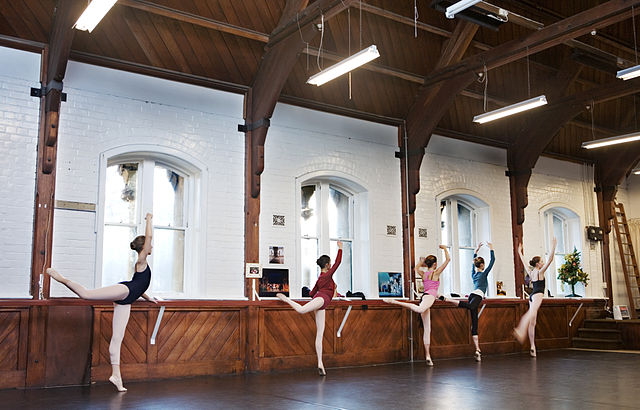
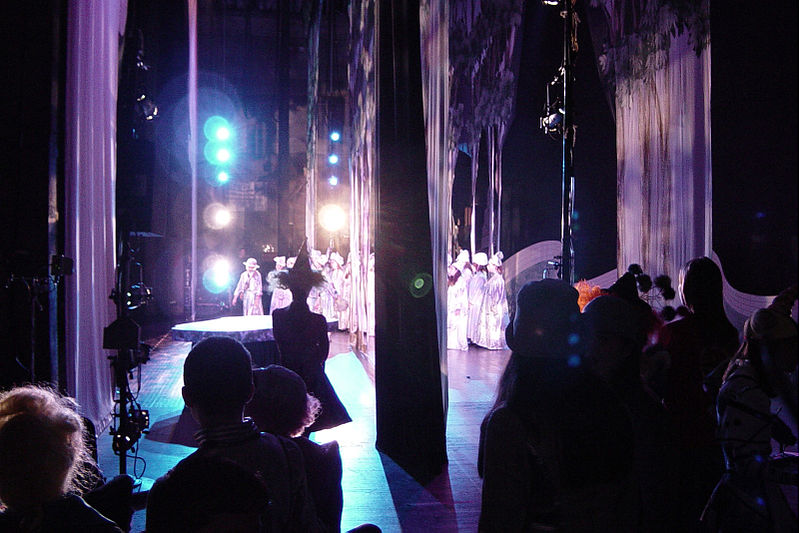 Stuck for some ideas for a theme for your next dance performance? Below is a list that might help to give you some inspiration!
Stuck for some ideas for a theme for your next dance performance? Below is a list that might help to give you some inspiration!